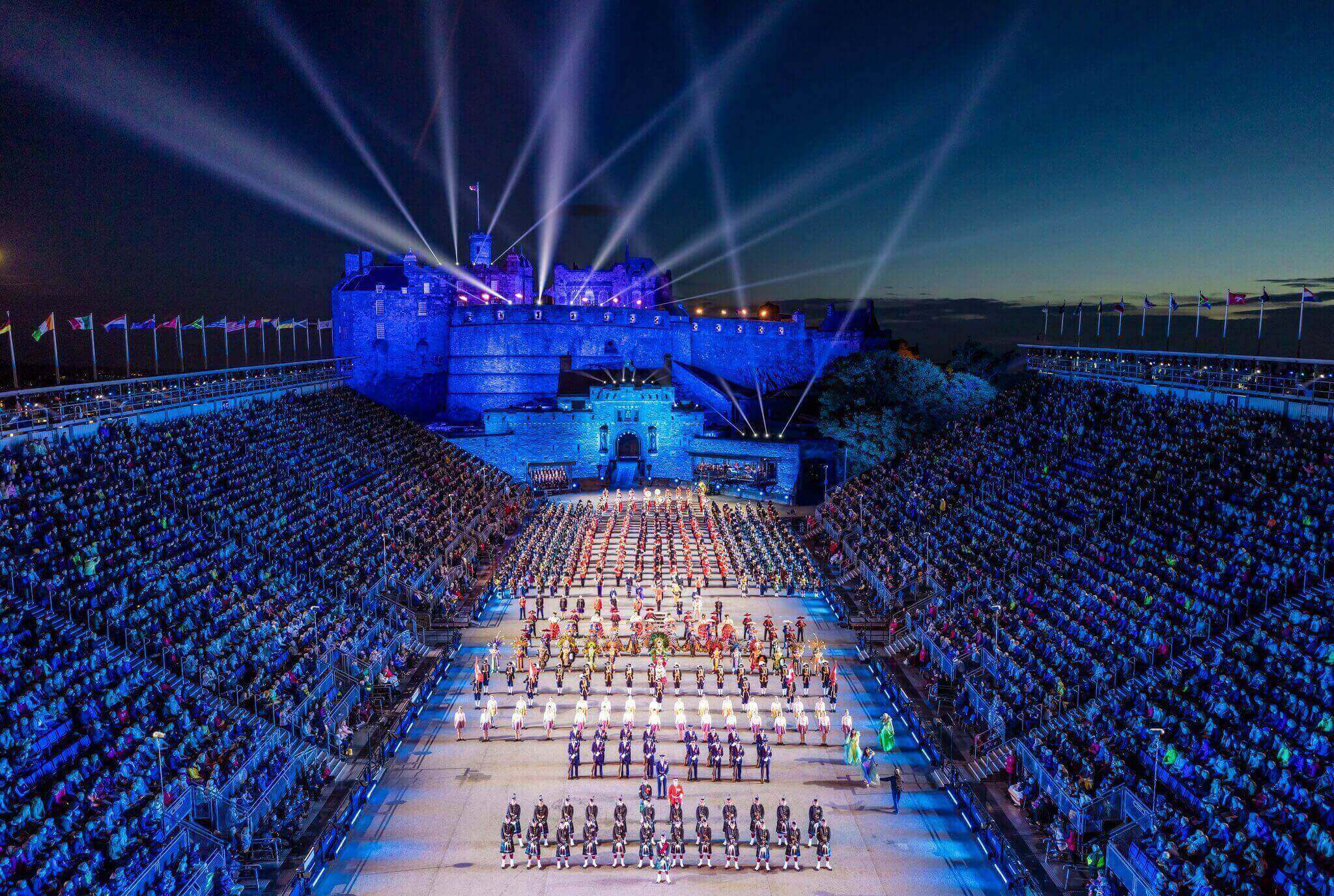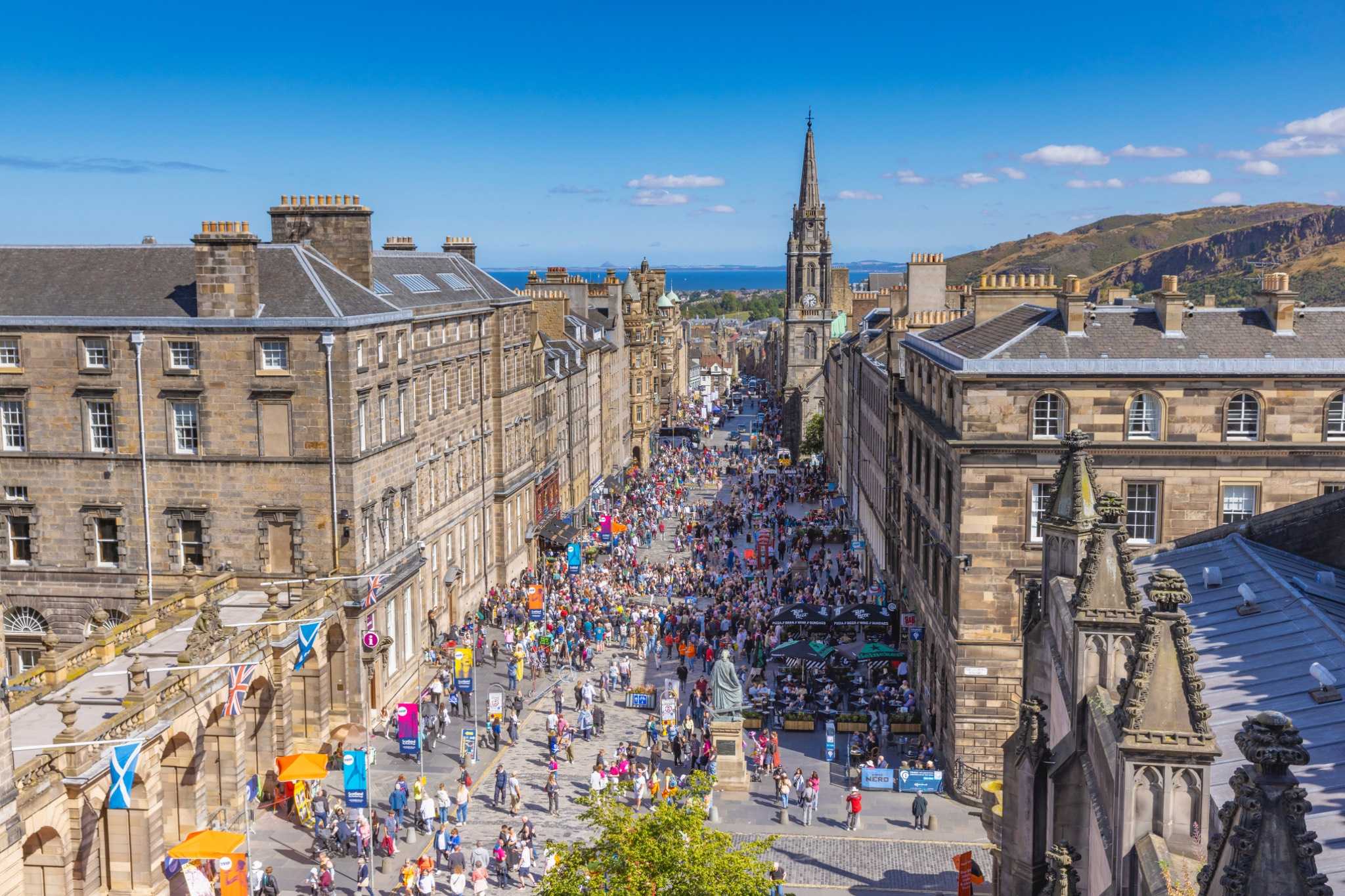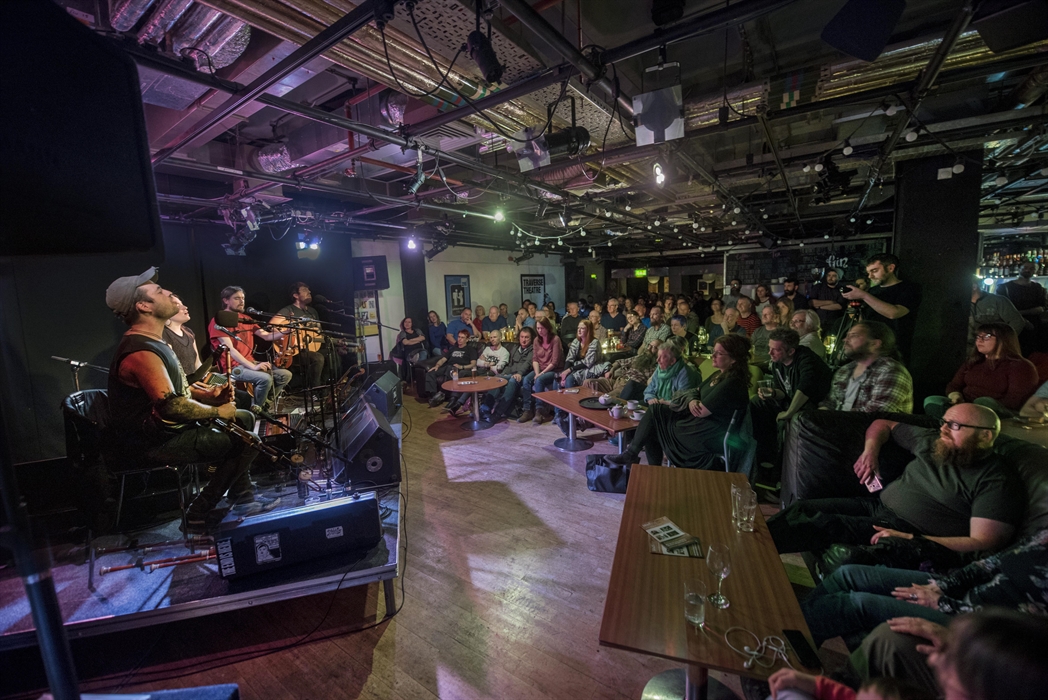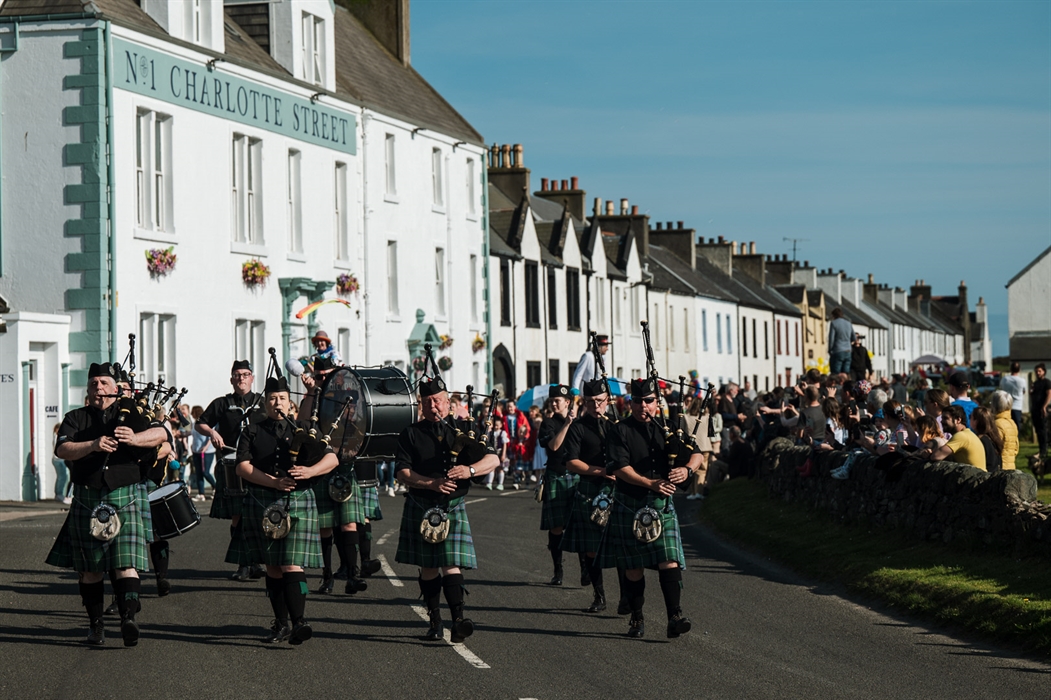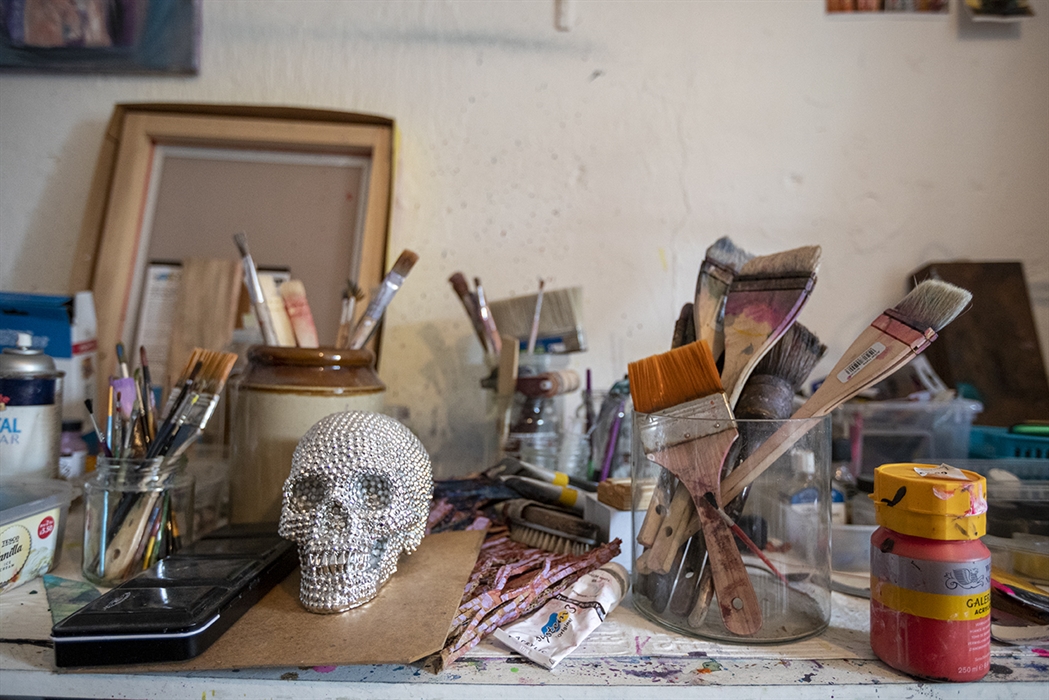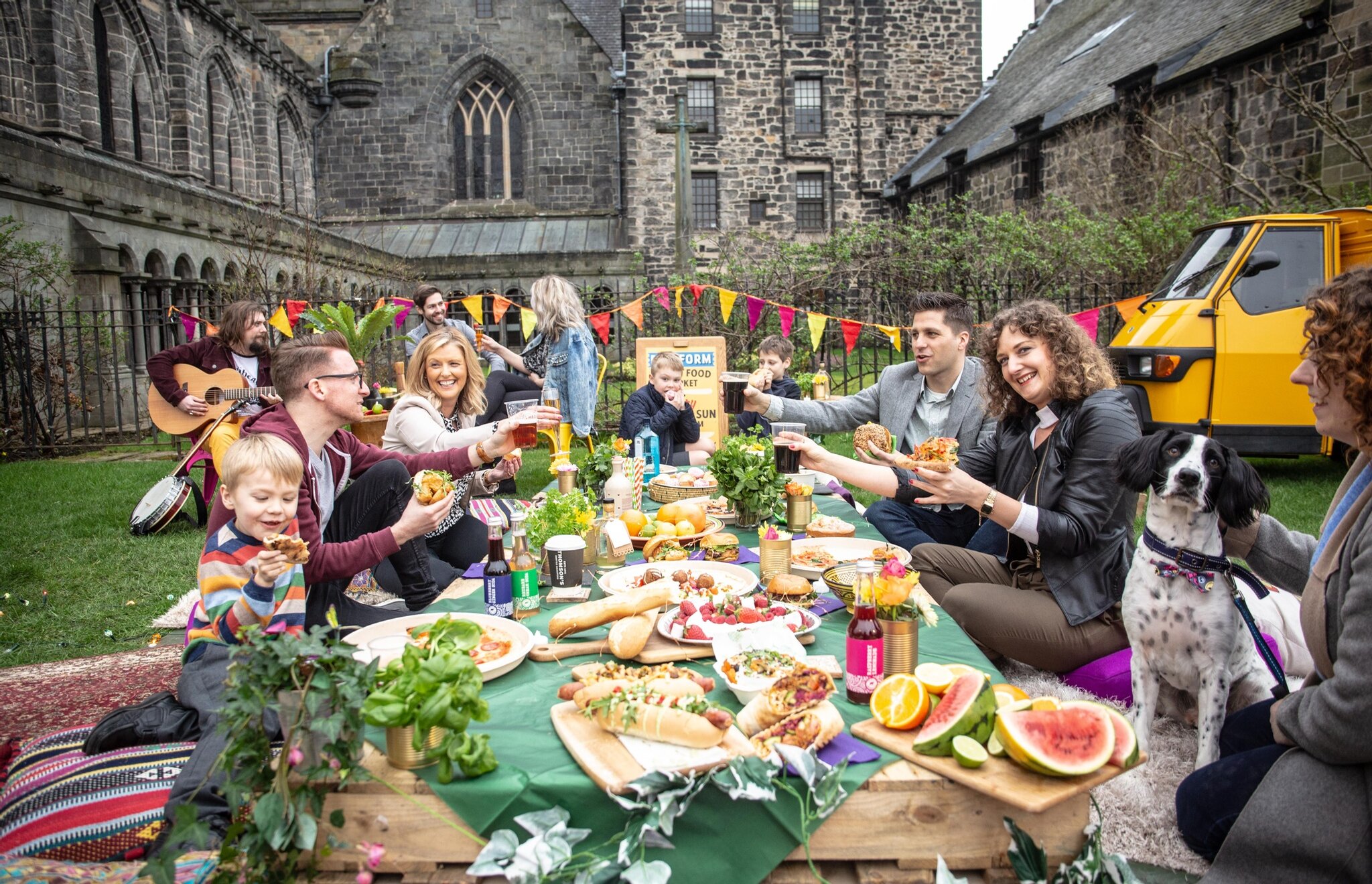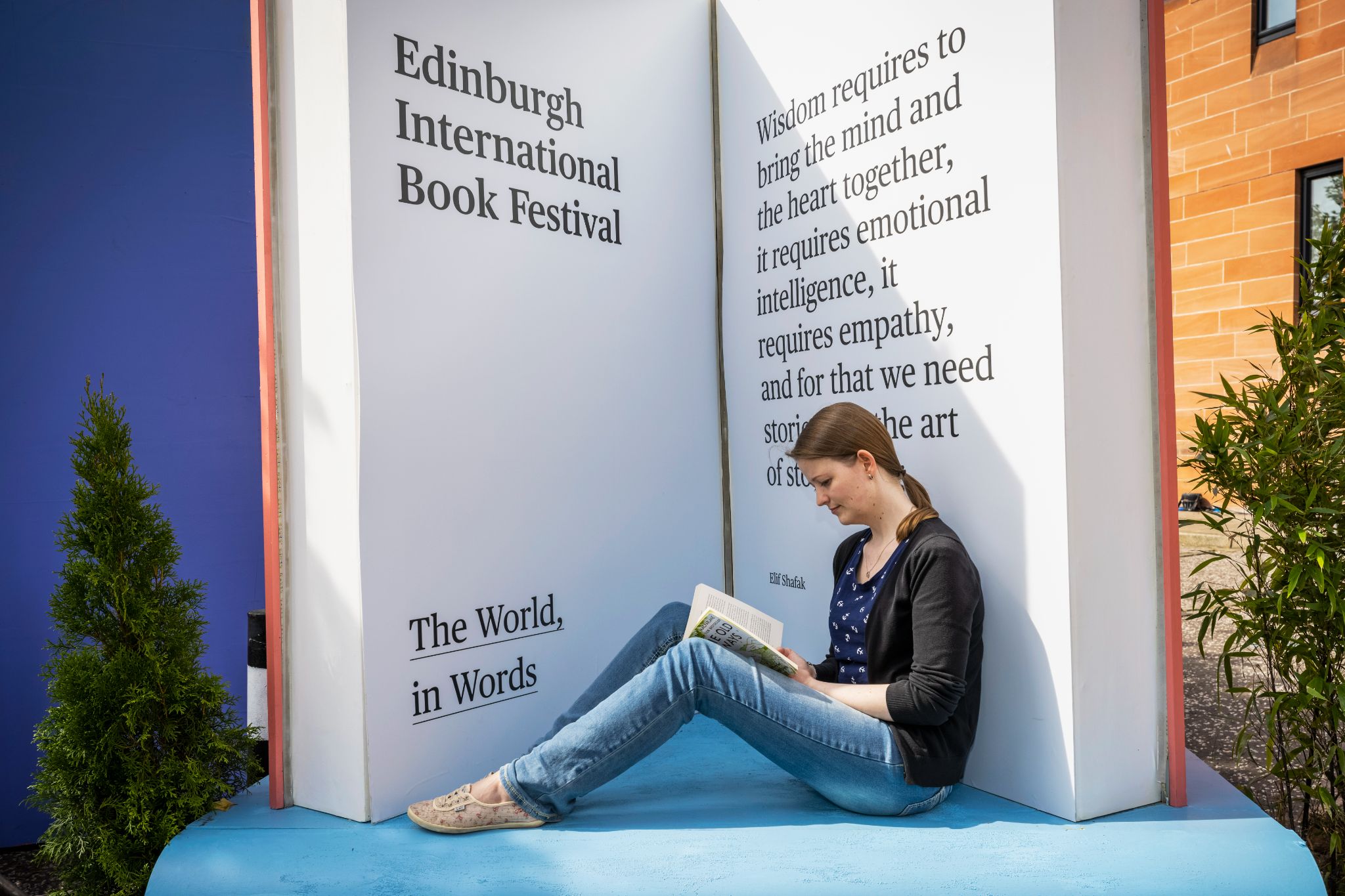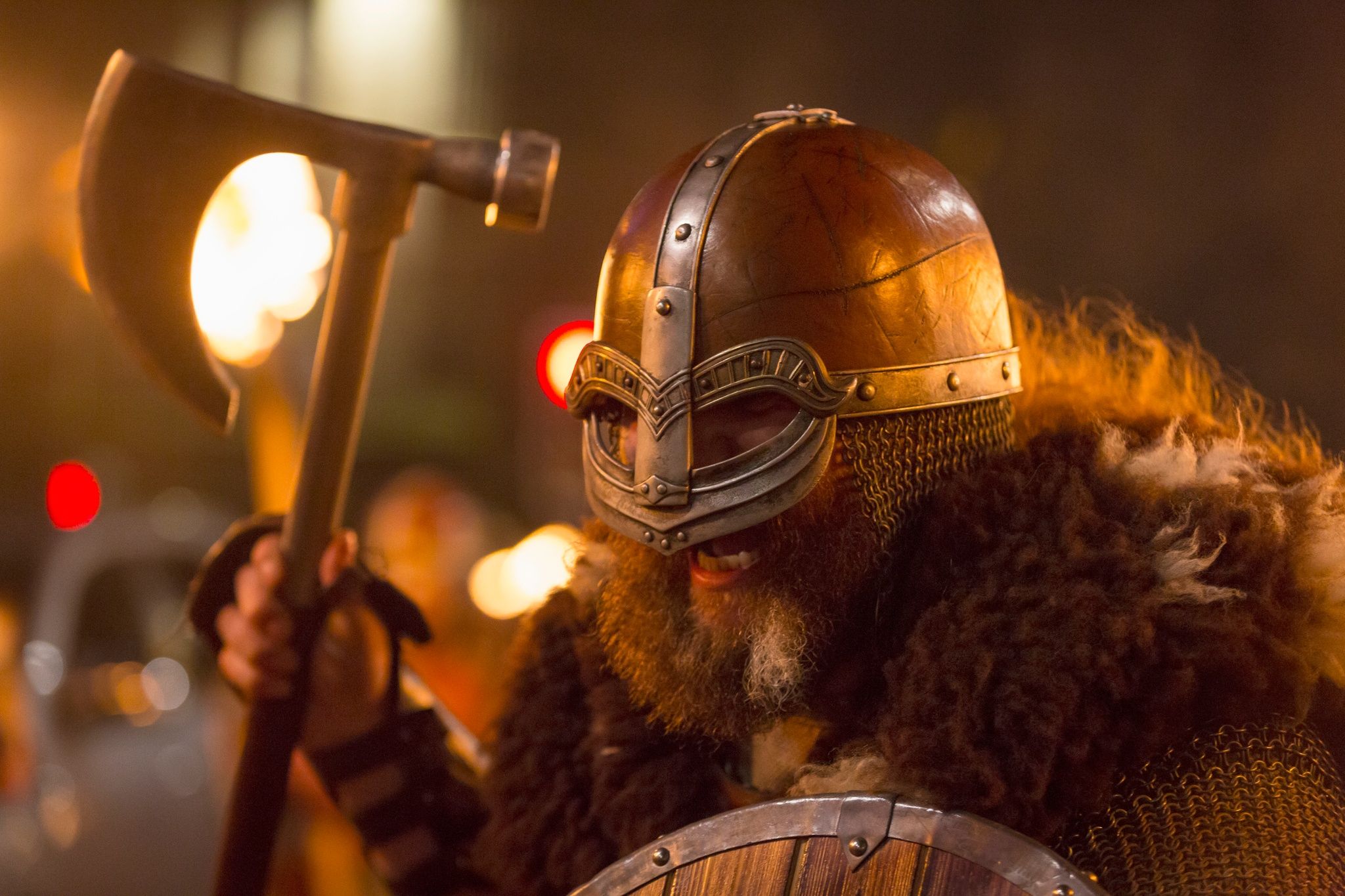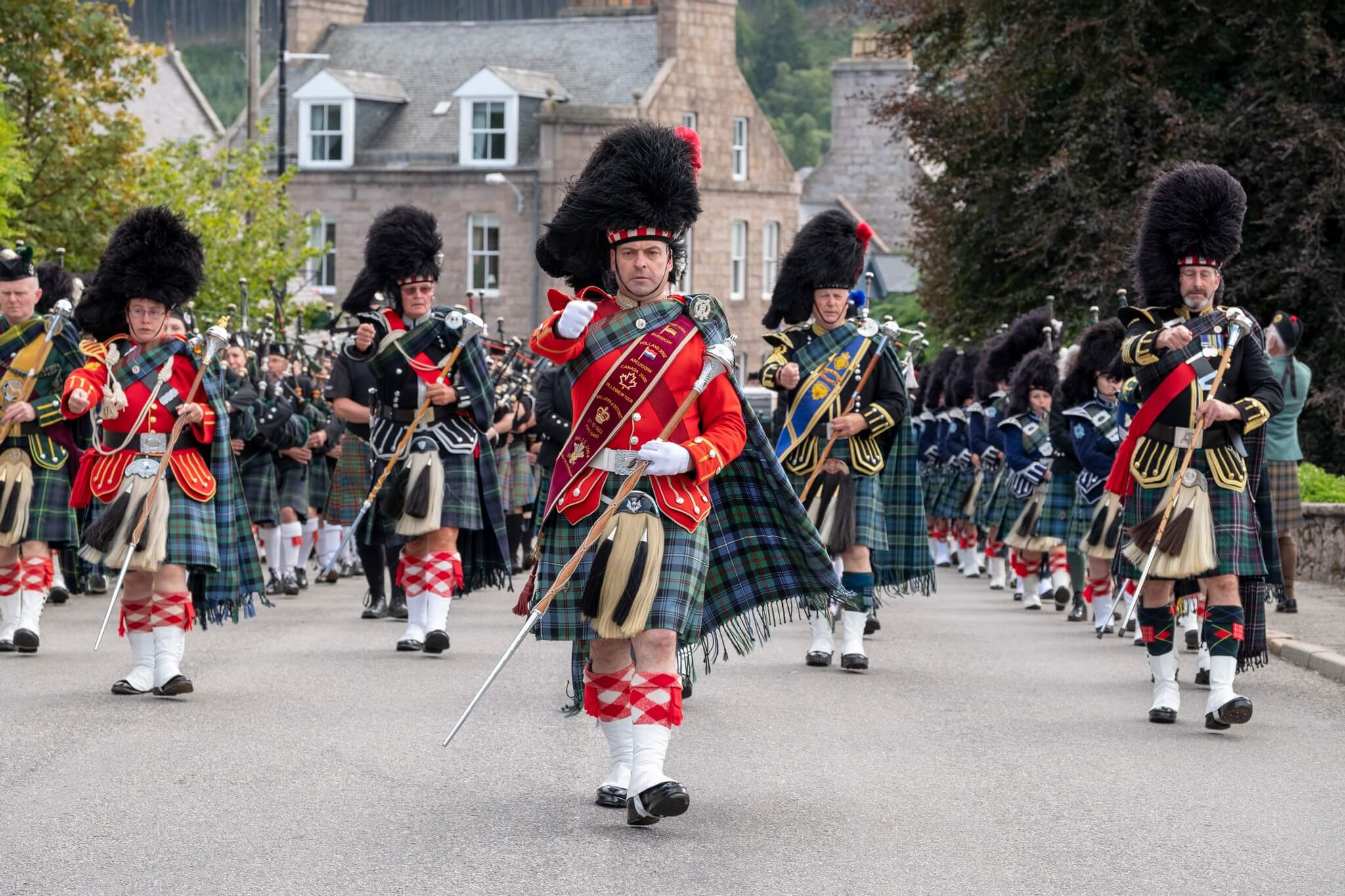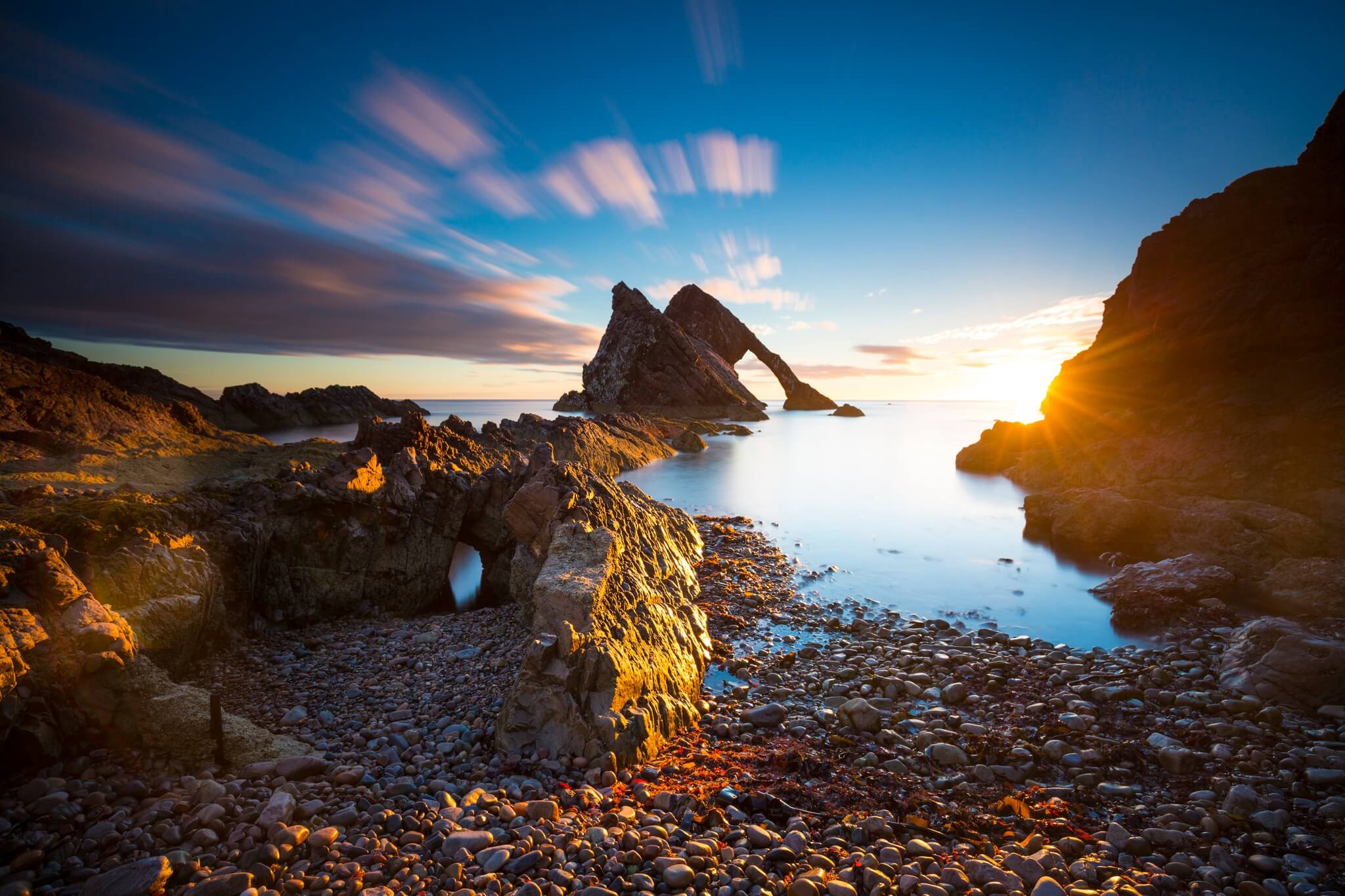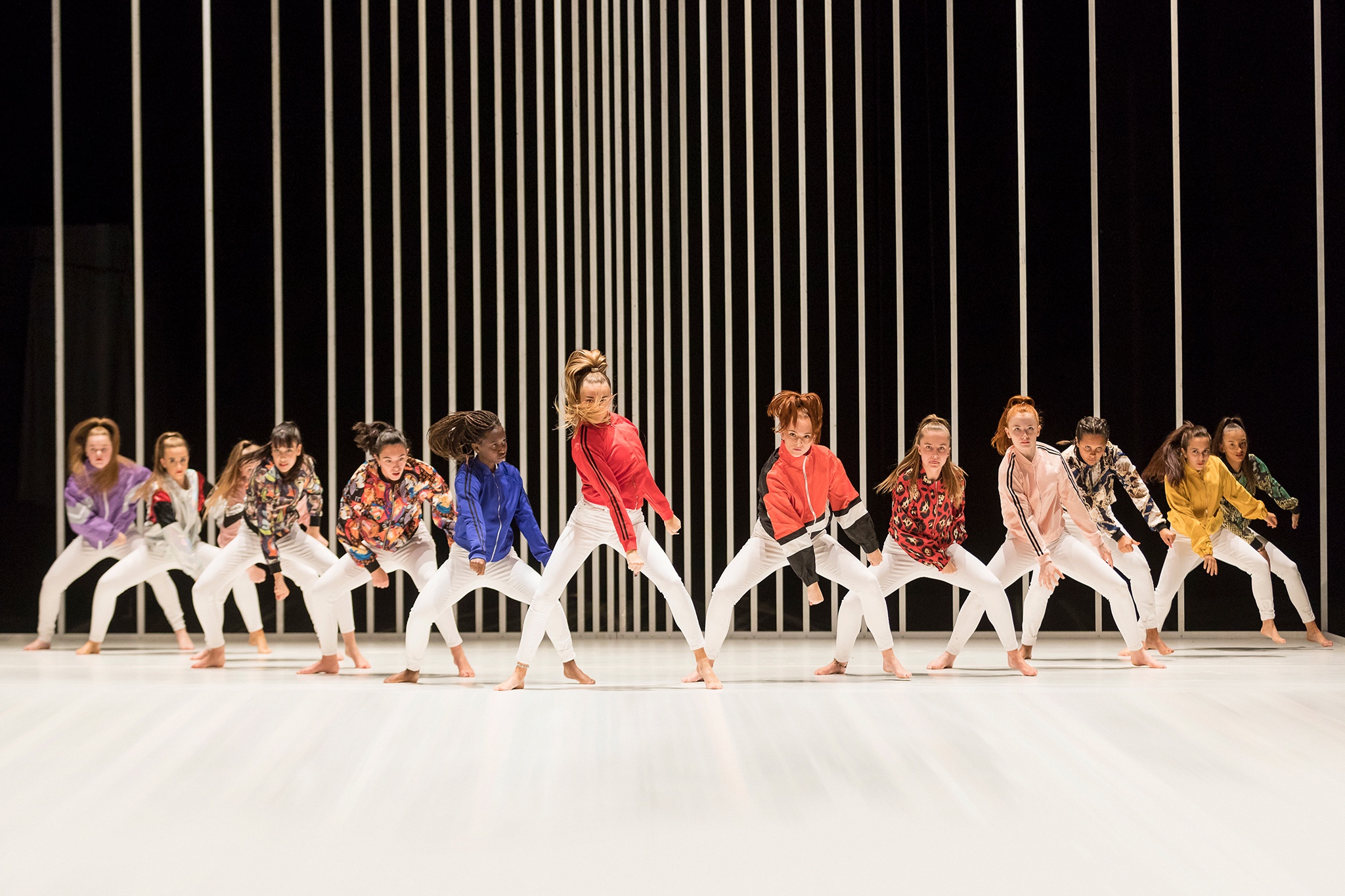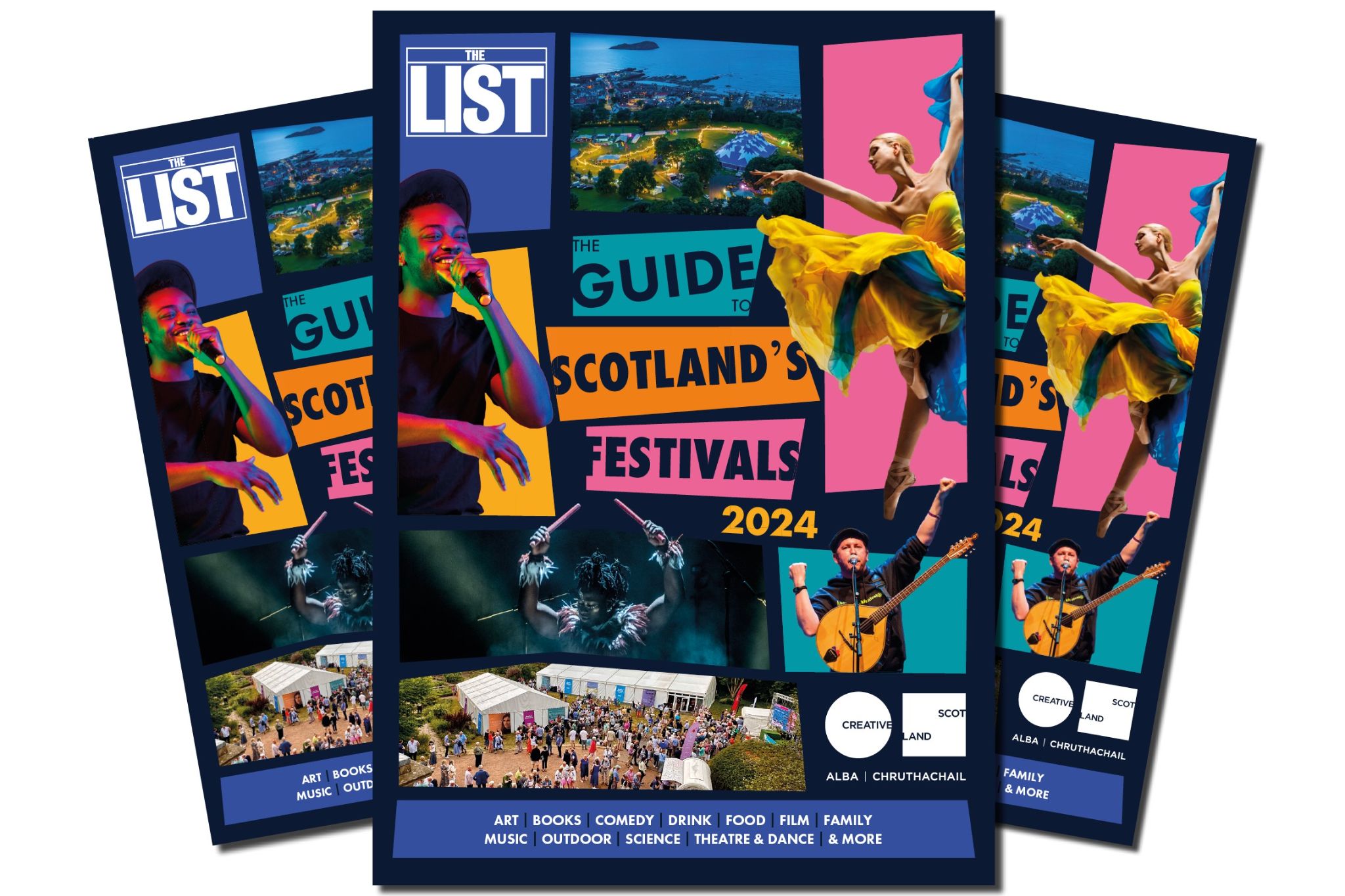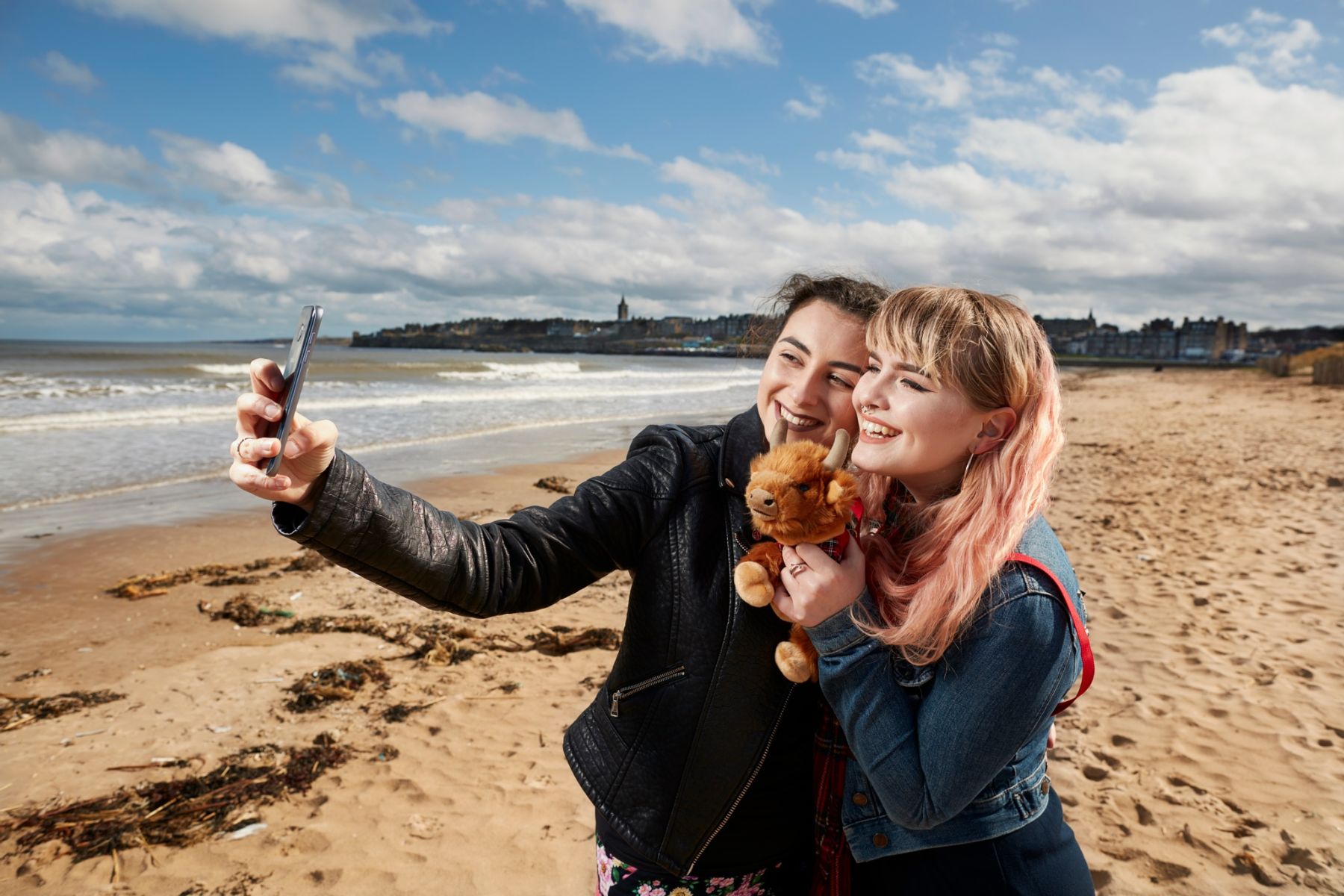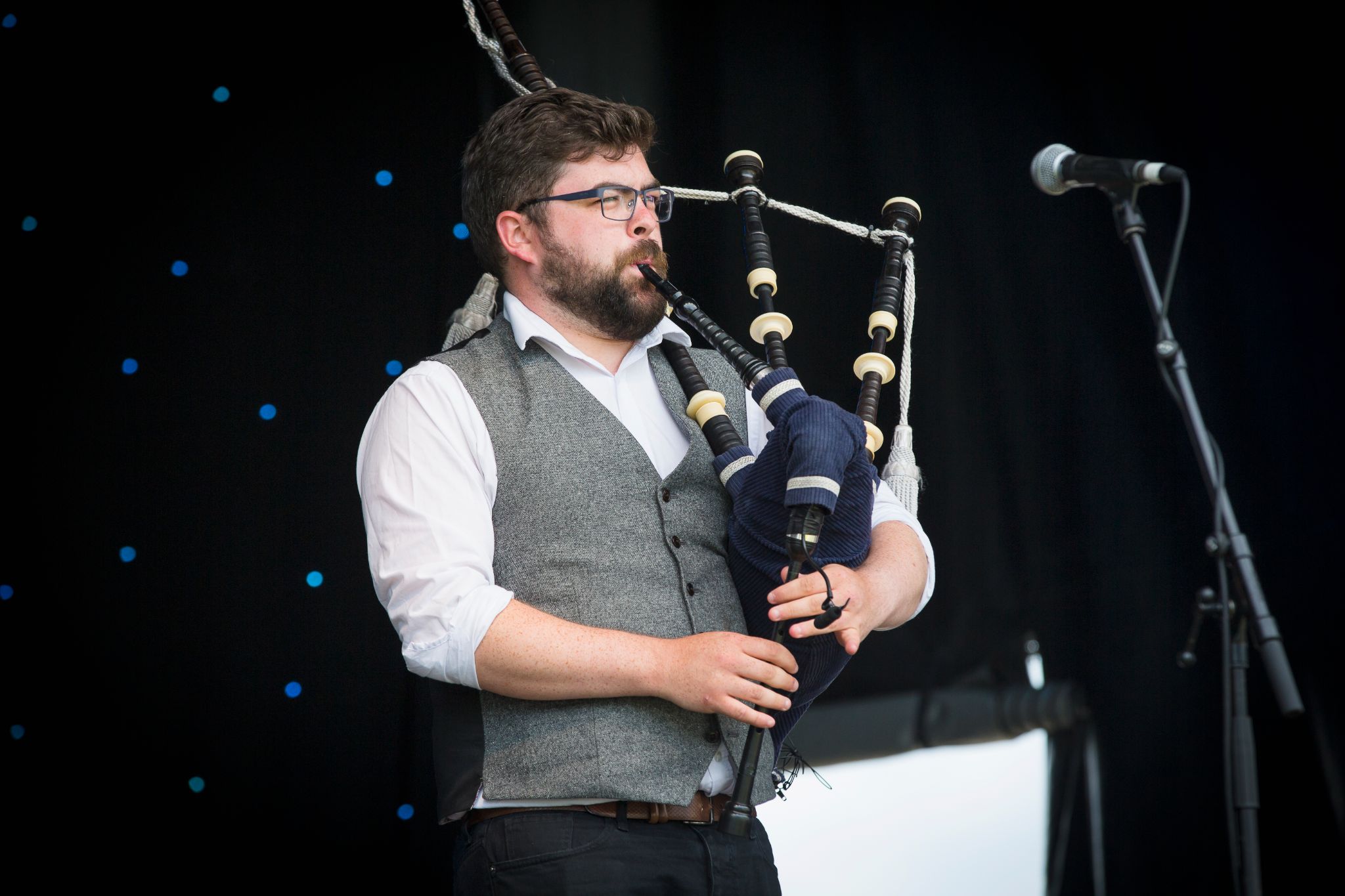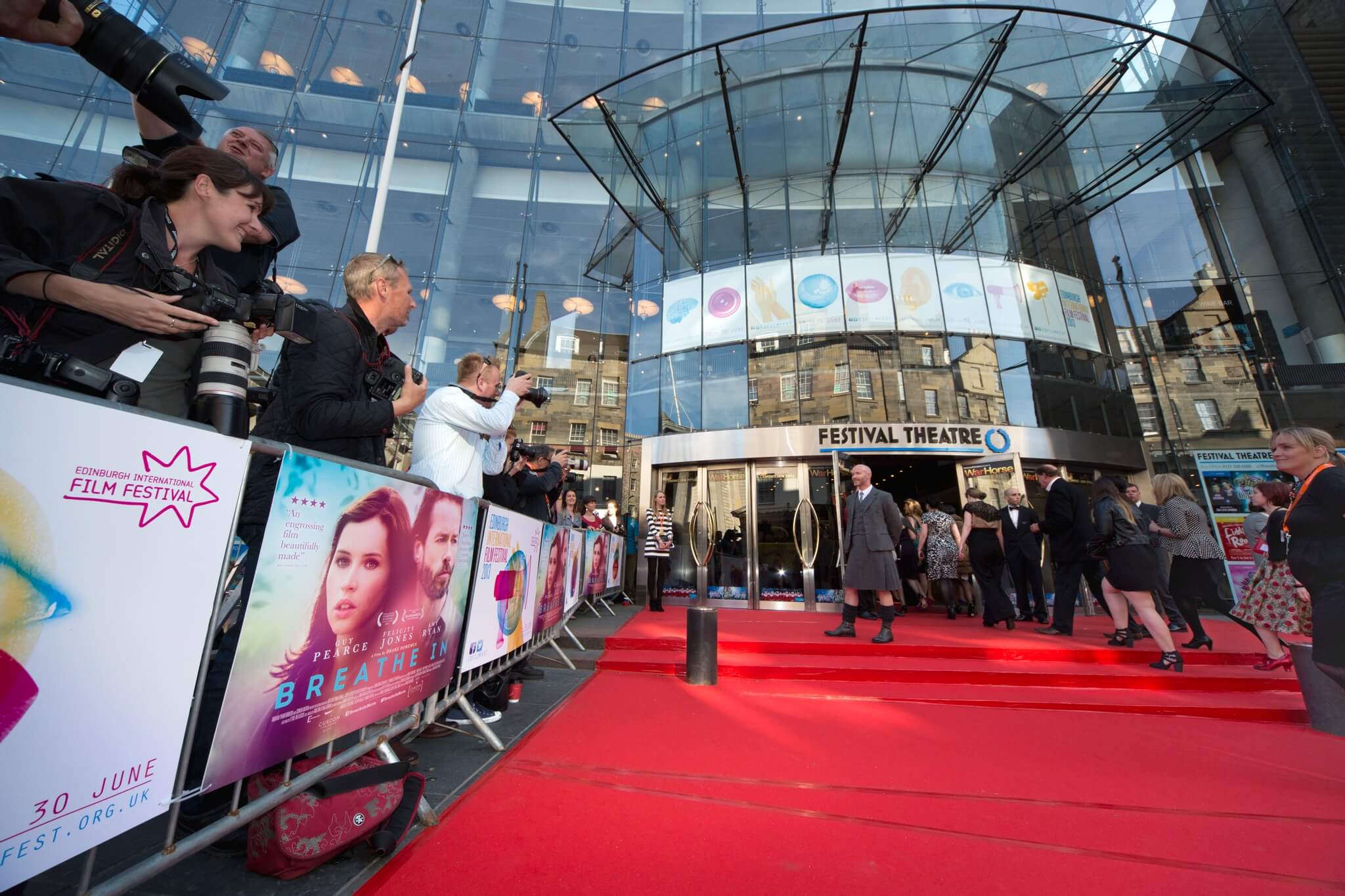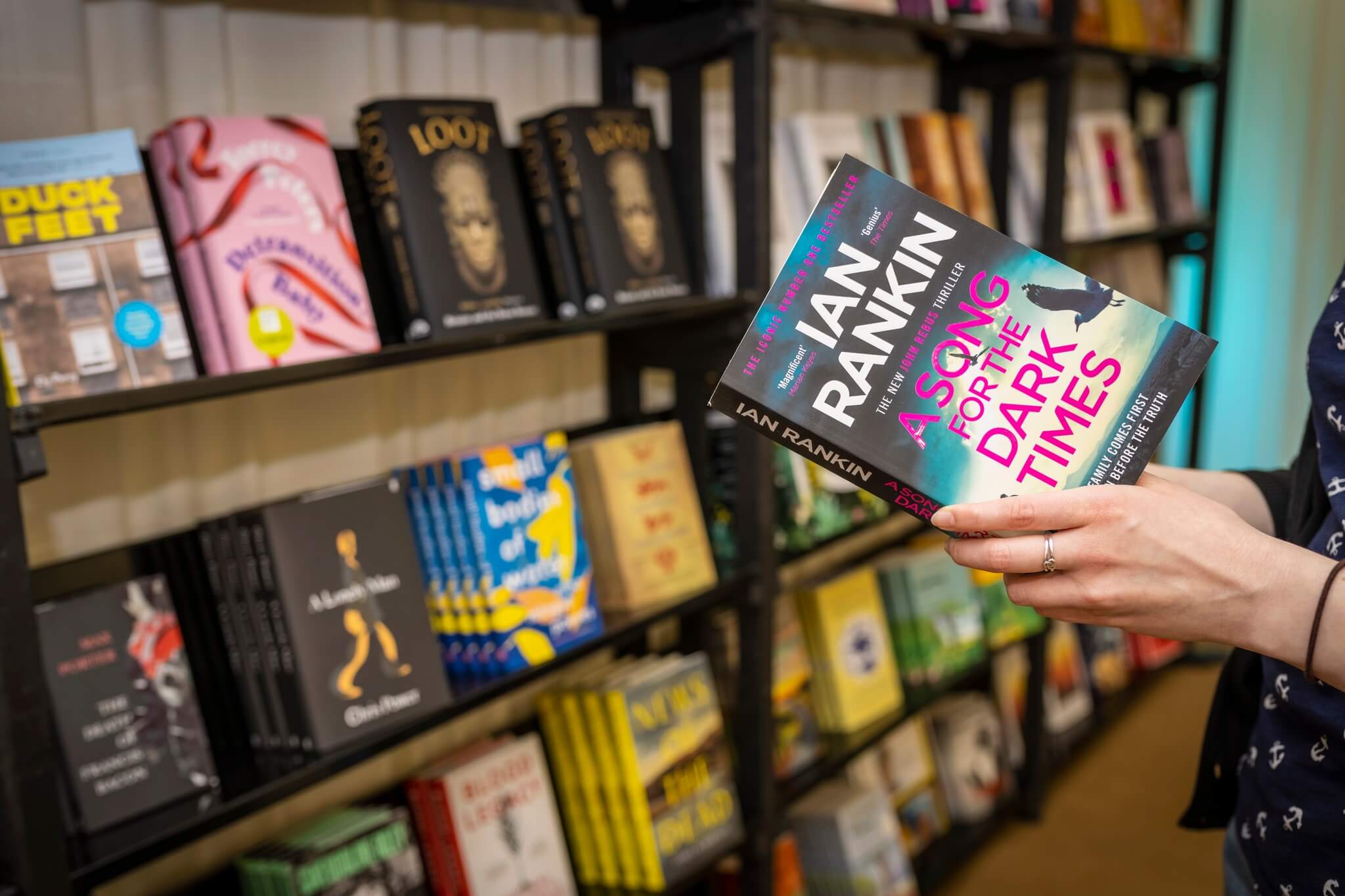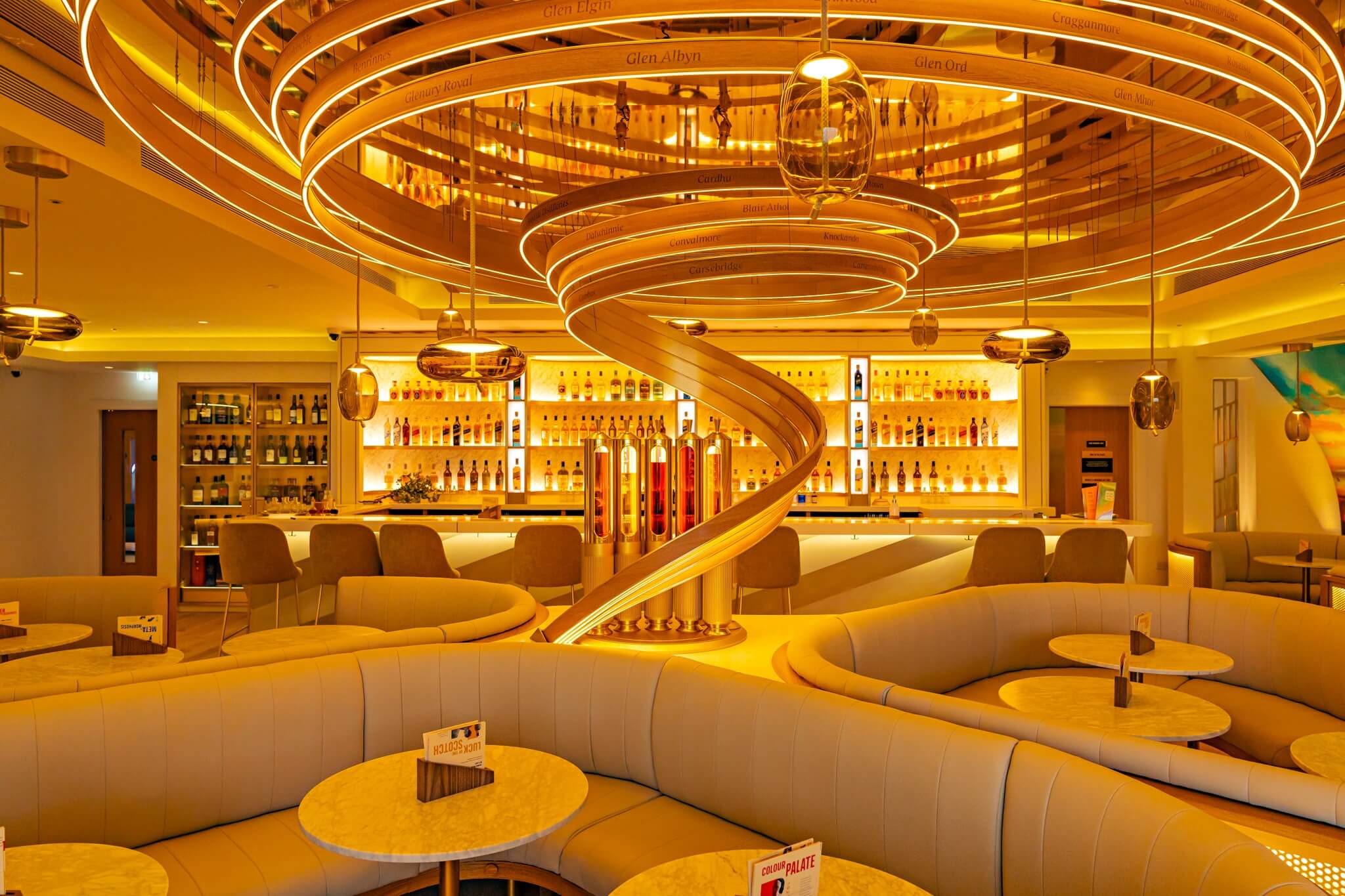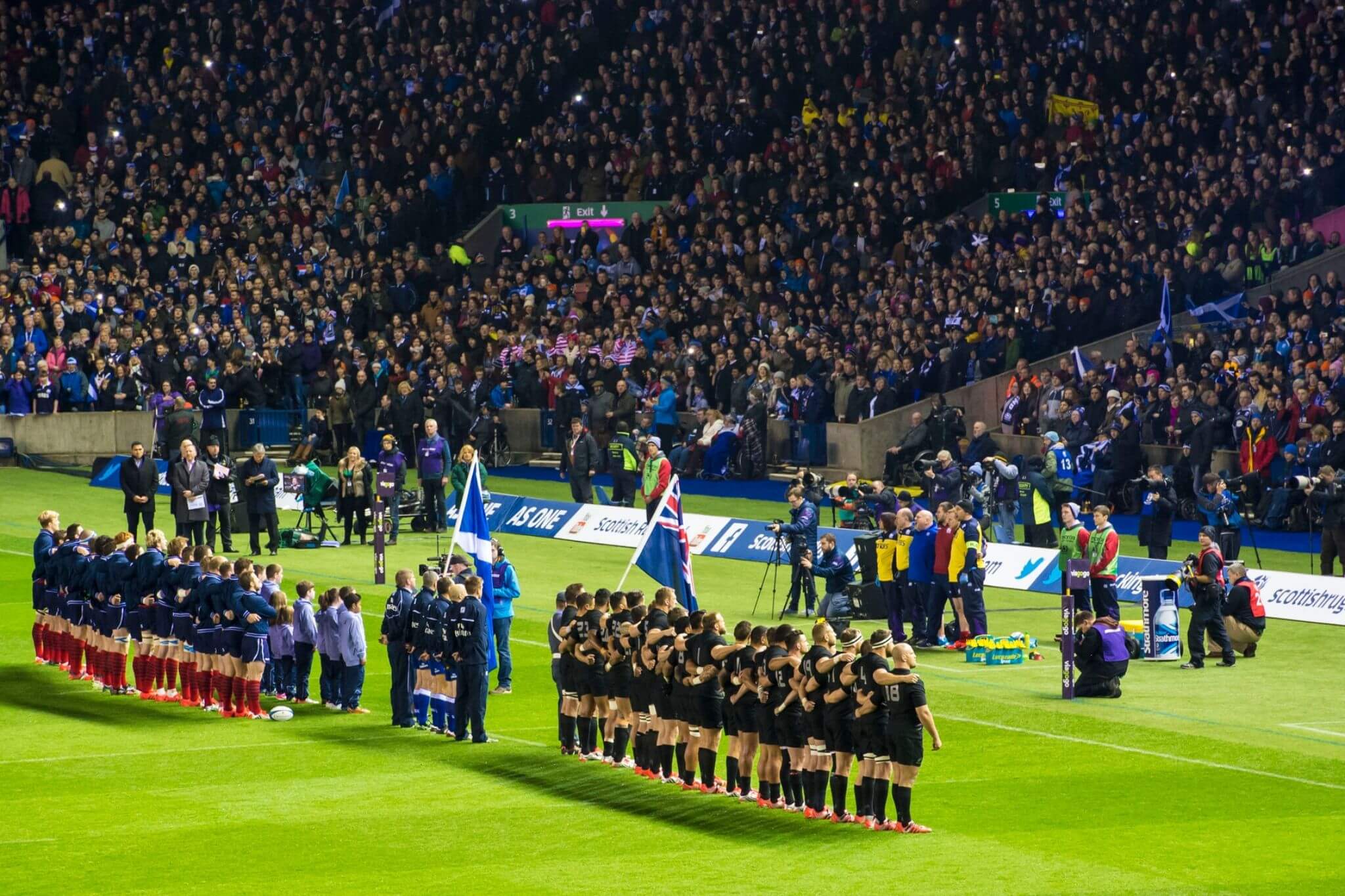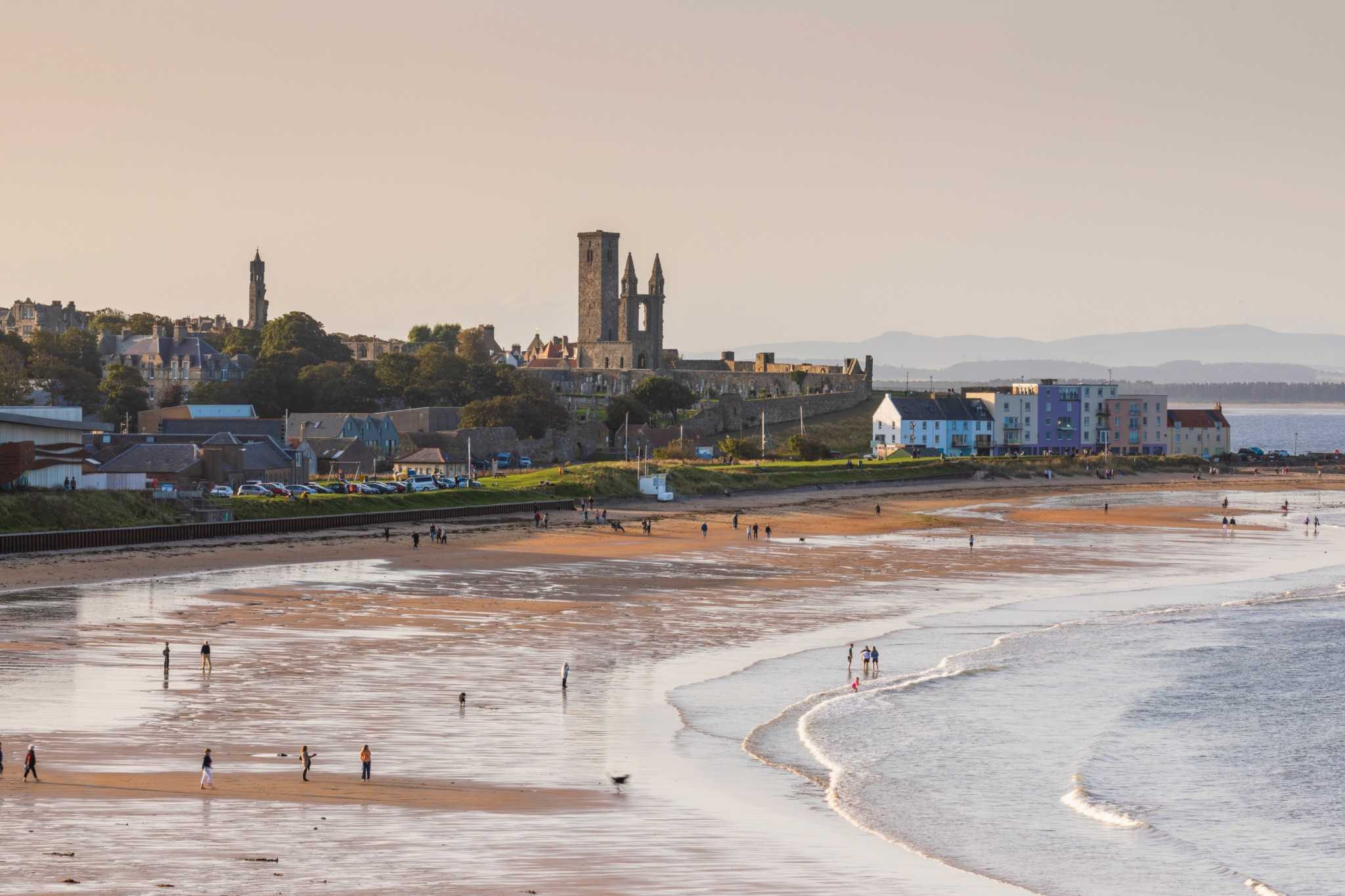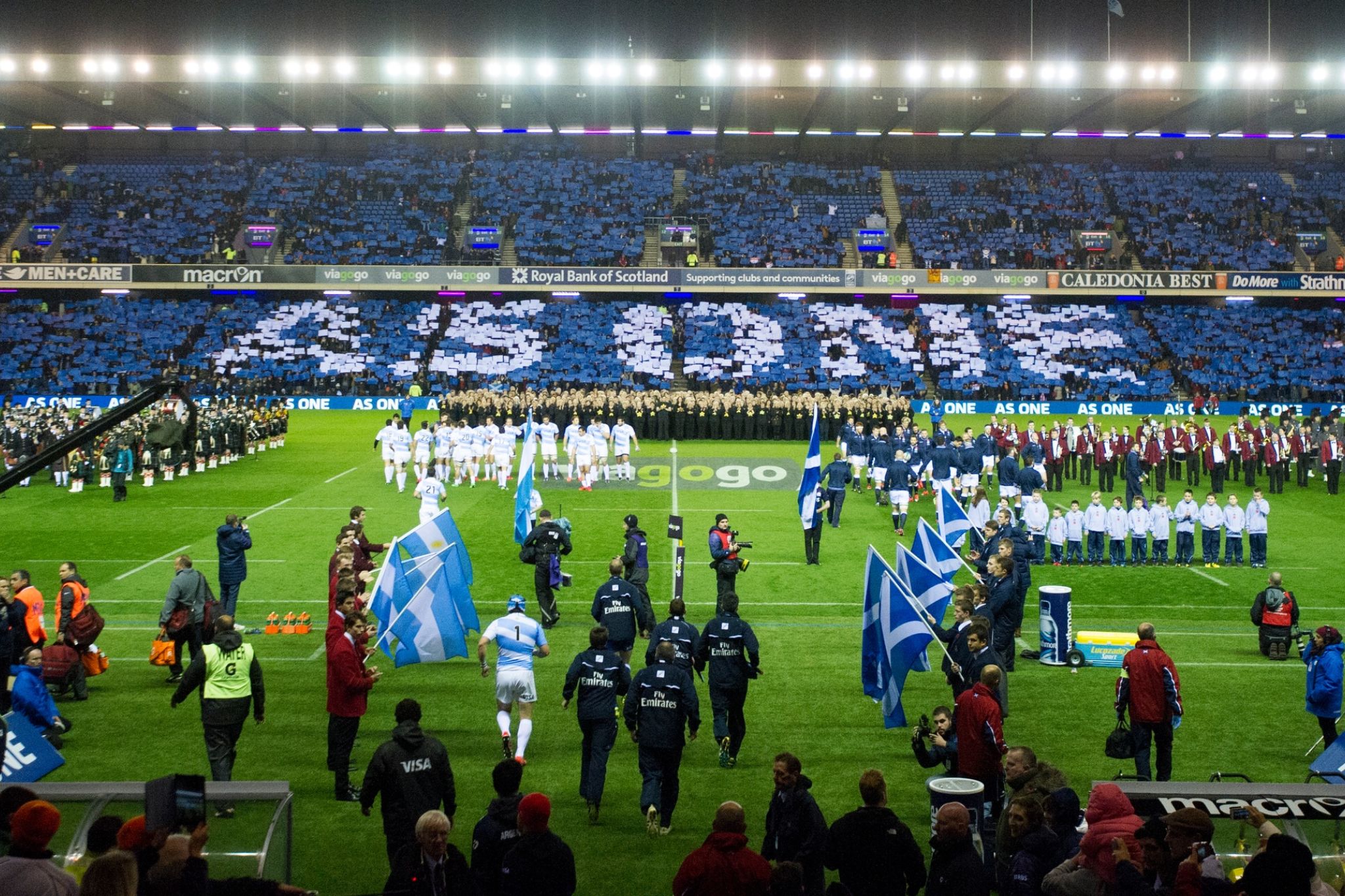
Scottish Gas Murrayfield Stadium, home to Scottish rugby.
Spring
Kickstart the New Year in style! Look out for family events at Easter, whisky and music festivals too.
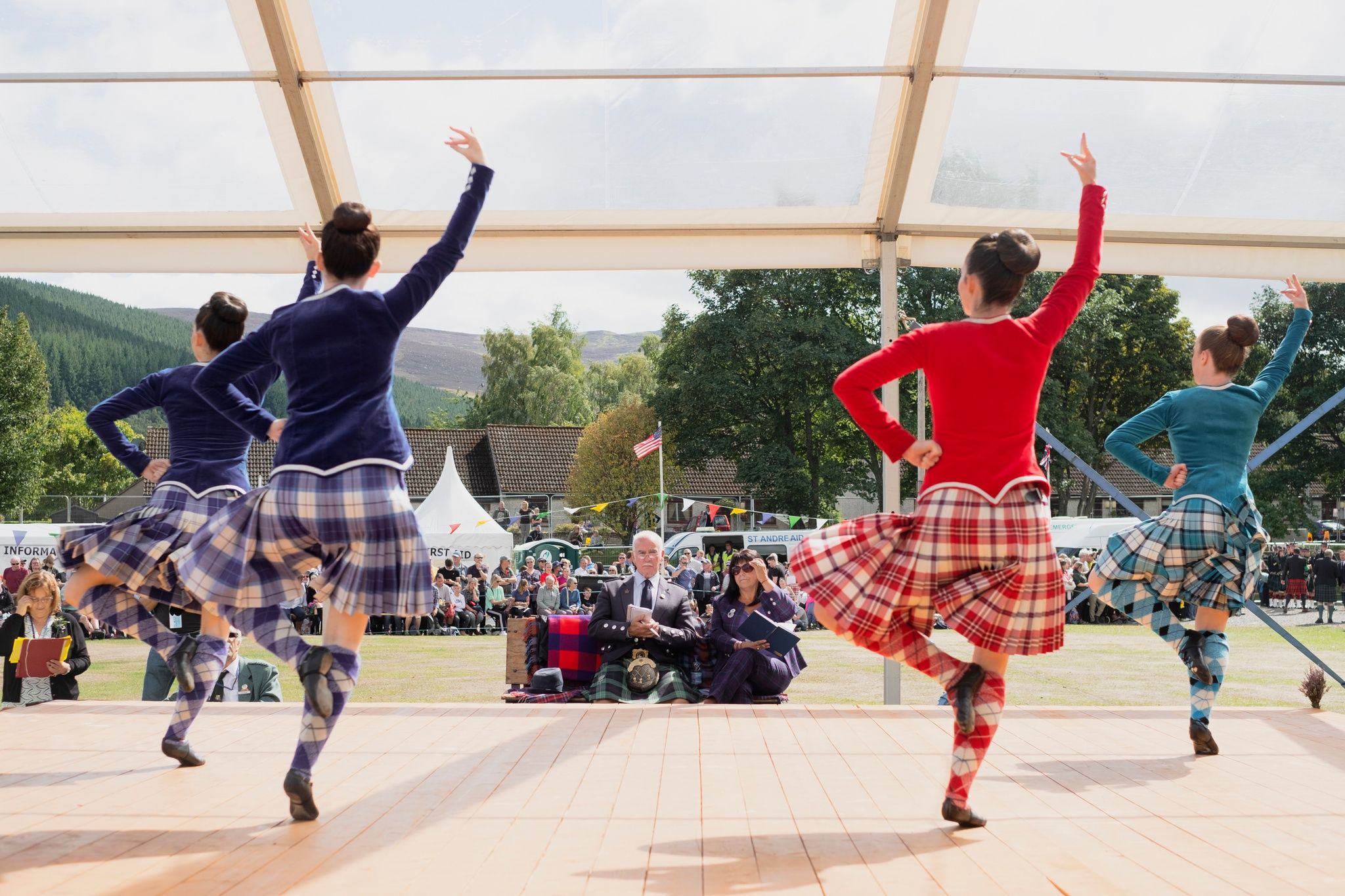
Highland Dancer; The Ballater Highland Games
© VisitScotland / David N Anderson
Summer
We're bringing the heat with our sizzling lineup of summer events and concerts in Scotland.
- Pride Edinburgh
- The Royal Edinburgh Military Tattoo
- East Neuk Festival
- Outer Hebrides Wildlife Festival
- Melrose Festival
- Tiree Music Festival
- Belladrum Tartan Heart Festival
- Cowal Highland Gathering
The summer see the most packed months for events in Scotland - particularly around music, Highland games and regional events such as on the islands, or the Common Ridings in the Scottish Borders.
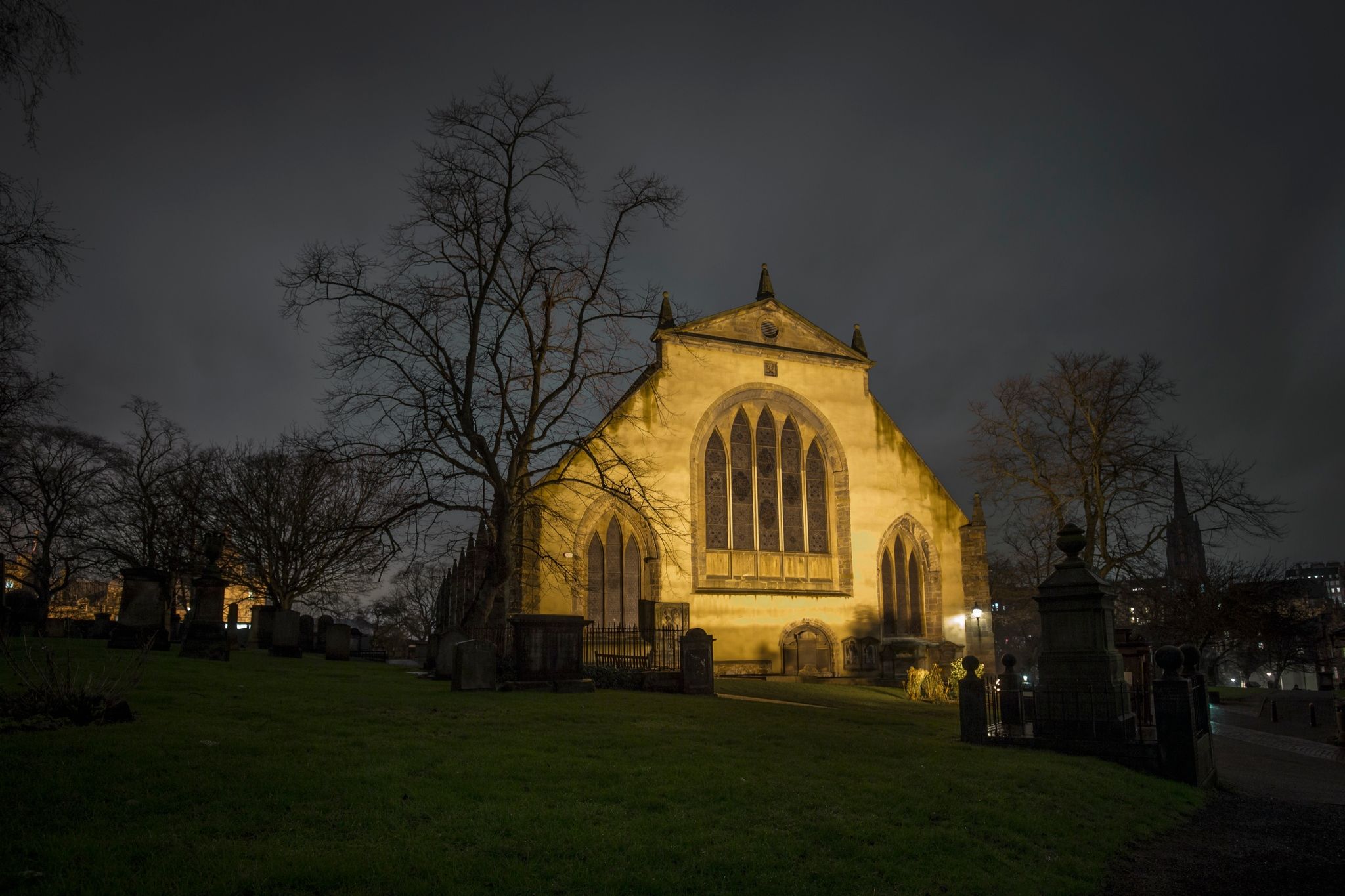
Greyfriars Kirk in Edinburgh
Autumn
The fun doesn't stop when the darker nights arrive. Scotland's festivals run all year round with some spectacular autumn events.
- World Stone Skimming Championships
- Dunbar Music Festival
- Scottish Geology Festival
- Orkney Storytelling Festival
This is also the time of year for spooky events, and the beginning of winter light shows.
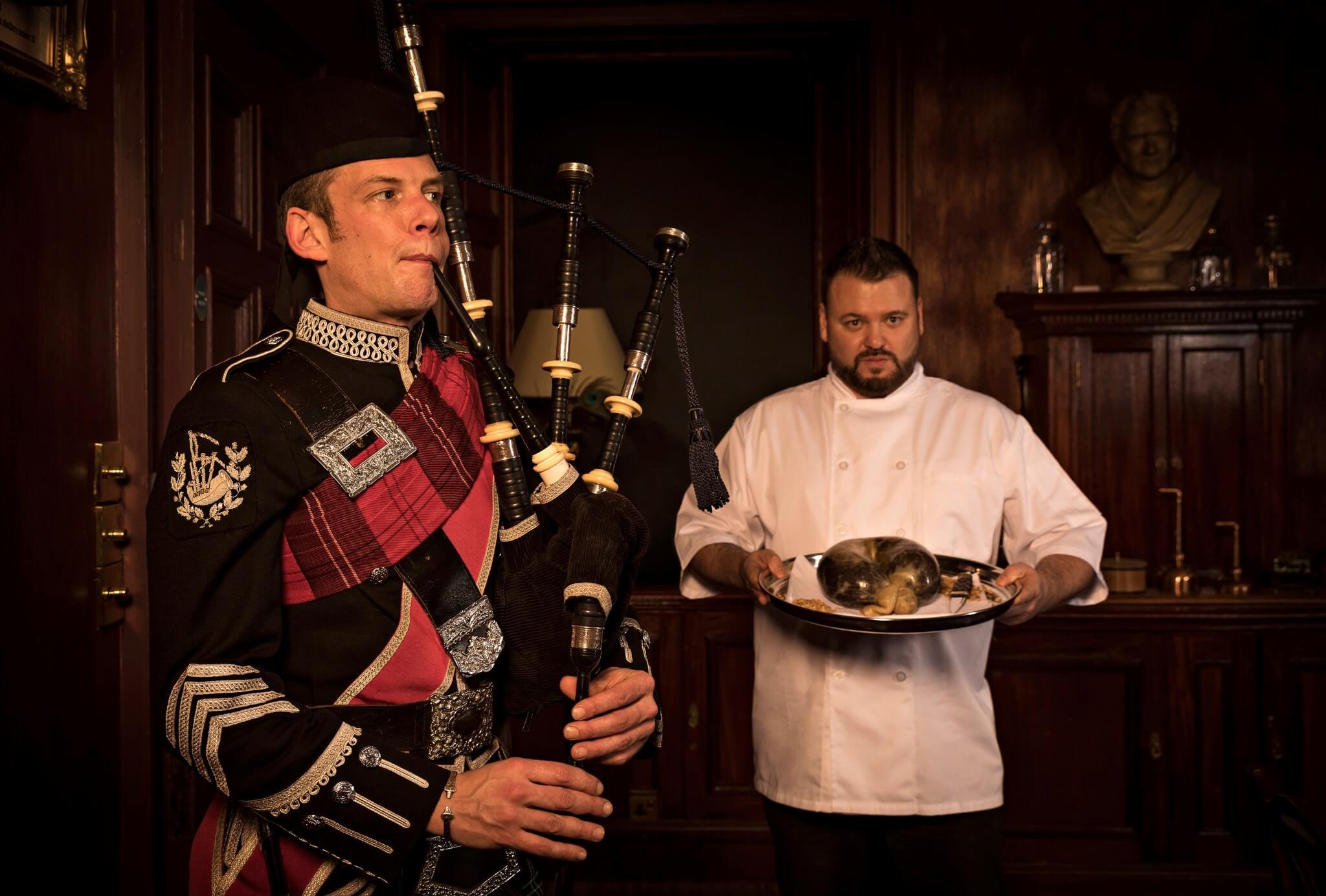
A piper piping in the haggis at a Burns Night Supper
Winter
Be dazzled by the magic of Scottish festivals this winter as we gear up for Hogmanay, and another New Year.
